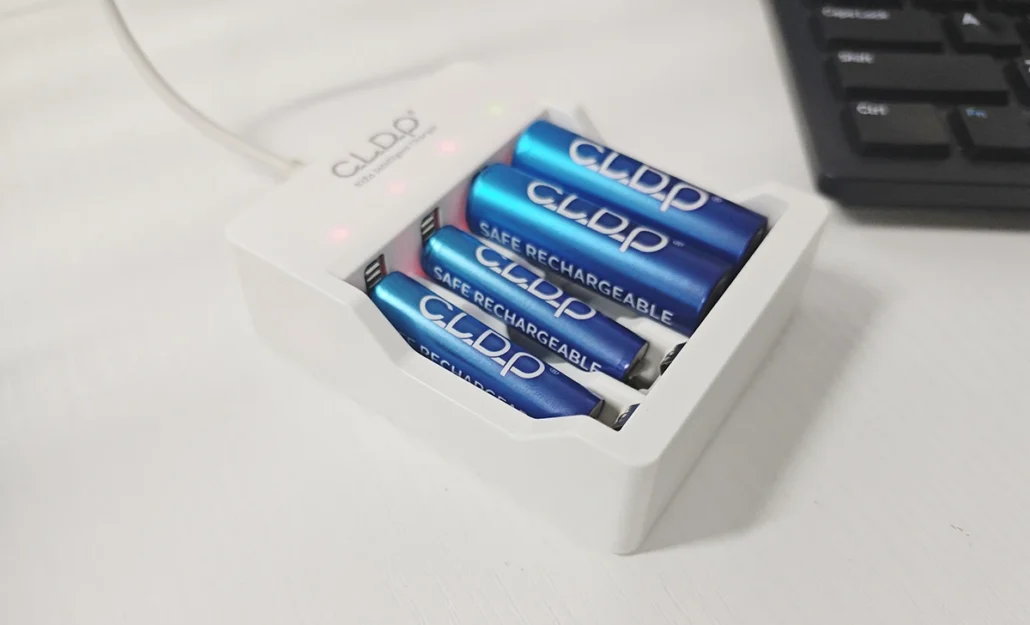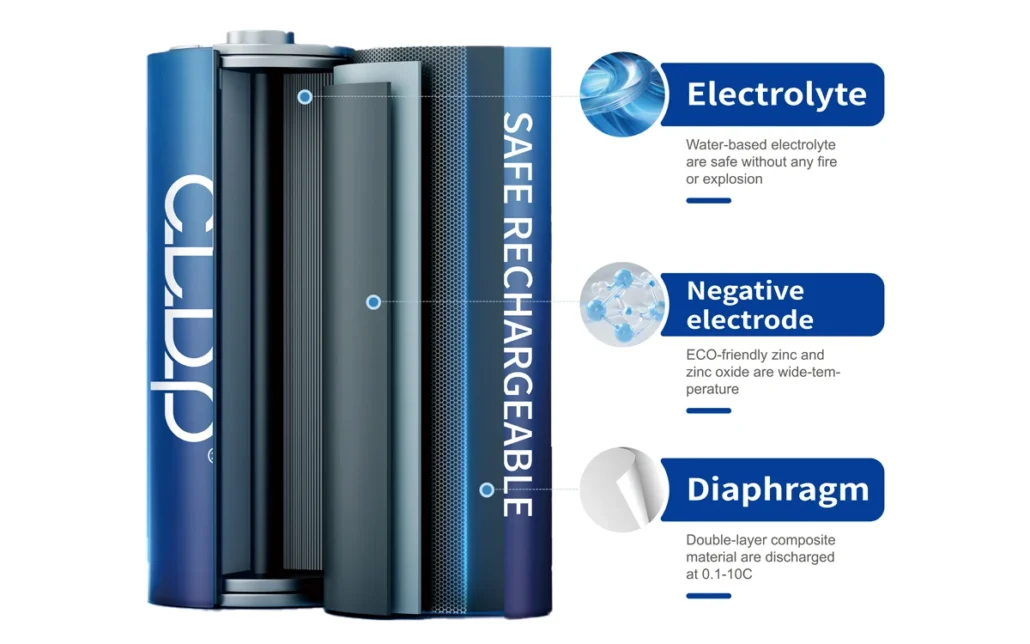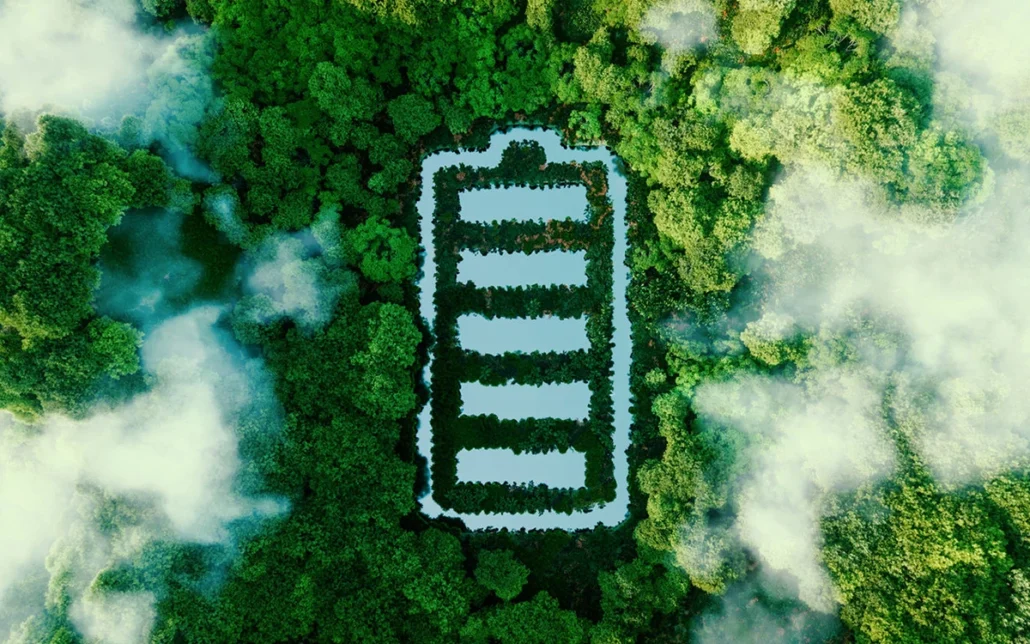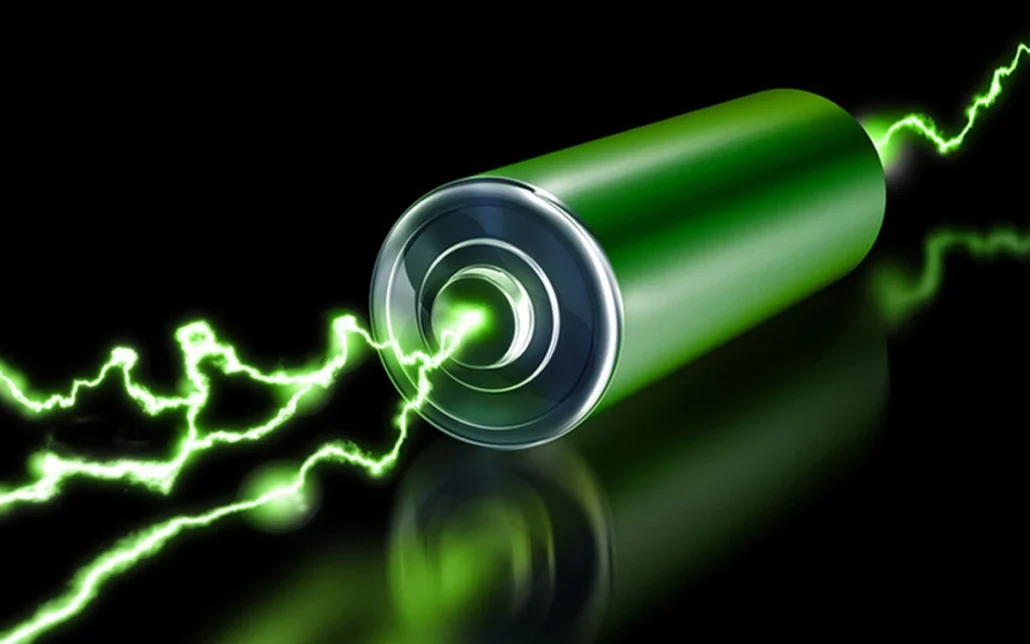The common charging methods for rechargeable batteries mainly include the following, each with its specific application scenarios and technical characteristics.
Constant Current Charging (CC):
Maintain a constant current throughout the entire charging process to charge the battery.
Suitable for quickly replenishing energy when the battery is low, but when the battery is close to full charge, it may cause a sharp rise in voltage and accelerate battery aging.
Constant Voltage Charging (CV):
Once the battery voltage reaches the set value, the charger provides a constant voltage, while the current gradually decreases with the charging state of the battery.
This method can effectively prevent overcharging, but in the later stage of charging, due to the small current, it may prolong the charging time and cause capacity decay.
Constant Current Constant Voltage (CC-CV) charging:
Combining the advantages of constant current and constant voltage, constant current charging is adopted in the early stage of charging, and when the battery voltage rises to a certain value, it switches to constant voltage charging.
It is currently one of the most commonly used charging methods, especially suitable for lithium-ion batteries, which can balance charging efficiency and battery life.
Pulse Charging:
Charging by periodically applying pulsed current allows the battery to “rest” or self recover during pulse intervals.
It can reduce polarization effects, decrease charging heat, reduce internal resistance, and minimize lithium deposition in lithium batteries, which helps to extend battery life.
Fast Charging:
Use higher current for charging to shorten the charging time.
Although it can significantly reduce charging time, it also increases thermal stress, which may lead to faster aging and electrolyte decomposition.
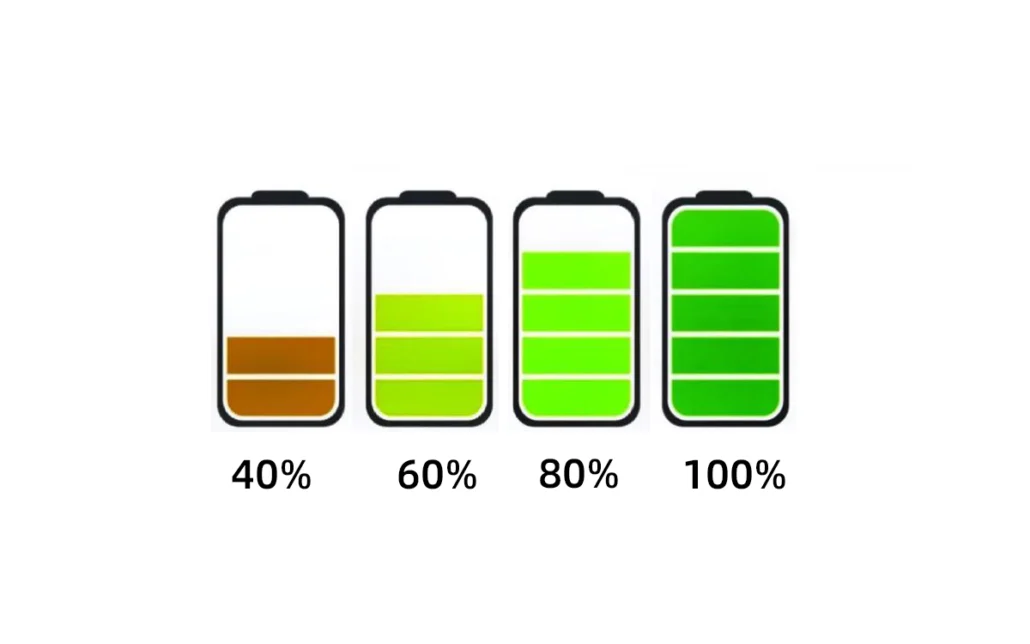
Slow Charging:
Using lower current for charging, although the charging time is longer, has less impact on the battery and can effectively extend the battery life.
Wireless Charging:
Using electromagnetic induction or magnetic resonance principles to transmit energy without the need for physical cables.
Suitable for short-term recharging or specific application scenarios, such as parking lots and home charging. However, the efficiency is relatively low and it is prone to heat generation.
Trickle Charging:
For fully charged batteries, use very low current to continue charging, mainly to maintain the battery level and avoid self discharge.
Balancing Charging:
Mainly used in series connected multi cell battery packs to ensure that each individual cell receives the same amount of charge, thereby maintaining the consistency and performance of the battery pack.
The choice of appropriate charging method depends on the specific battery type, application requirements, and the trade-off between charging speed and battery life. For example, for electric vehicles, CC-CV charging is a widely adopted method; For portable devices, more consideration is given to fast charging technology to meet users’ needs for quickly replenishing power.

